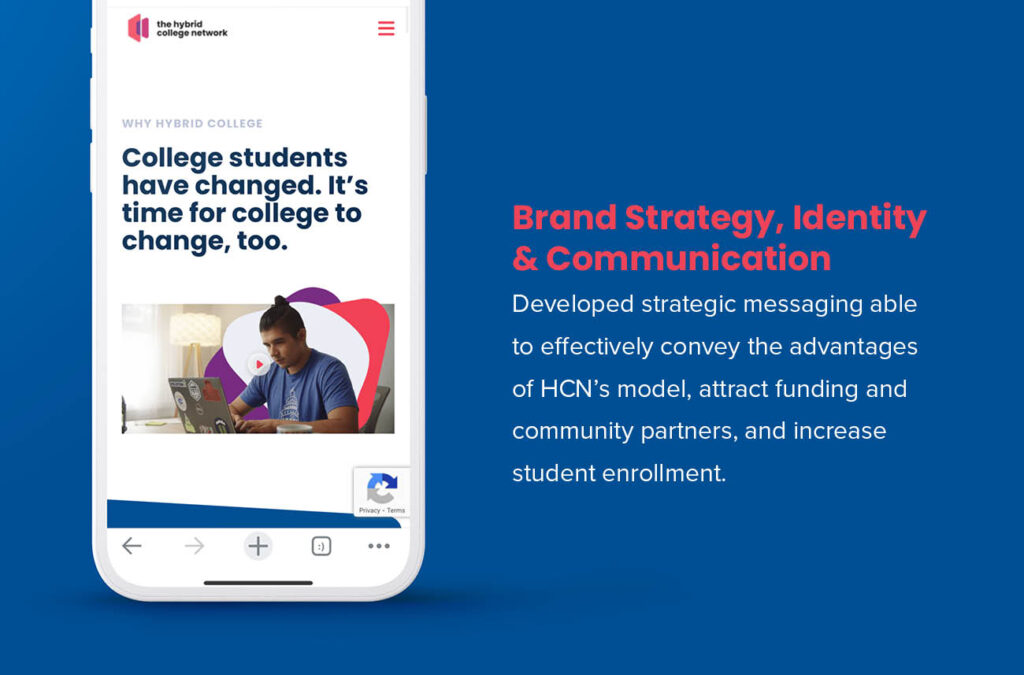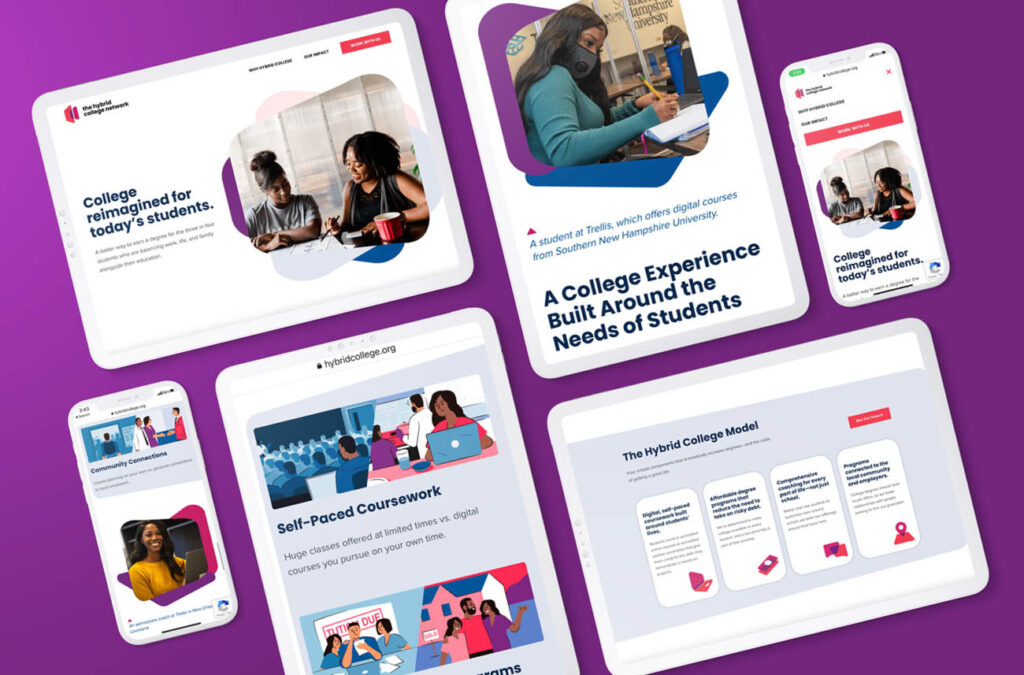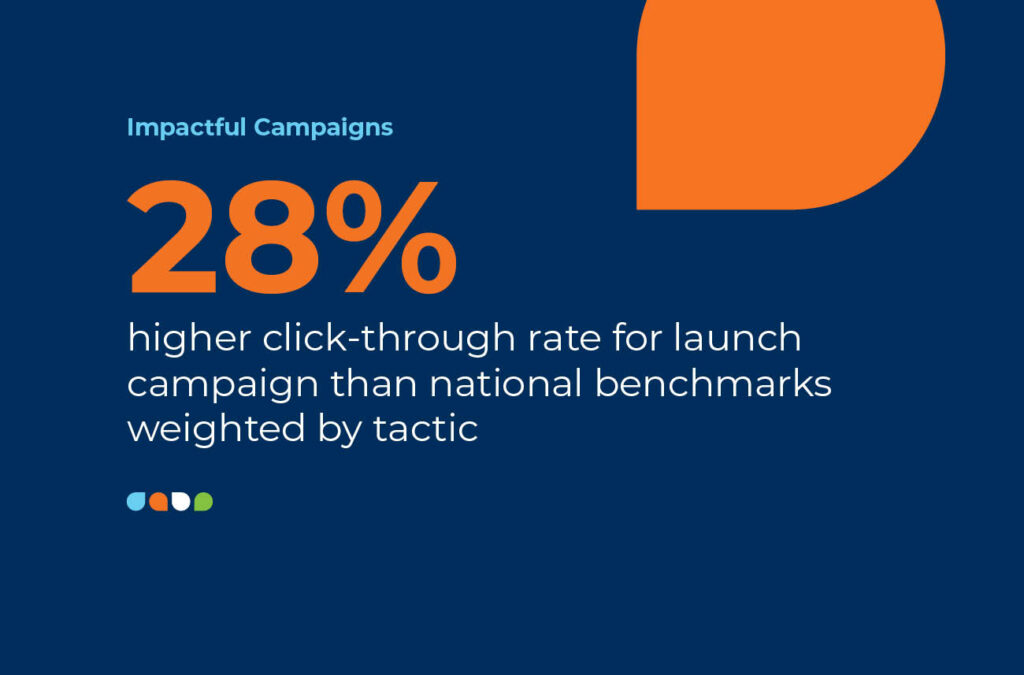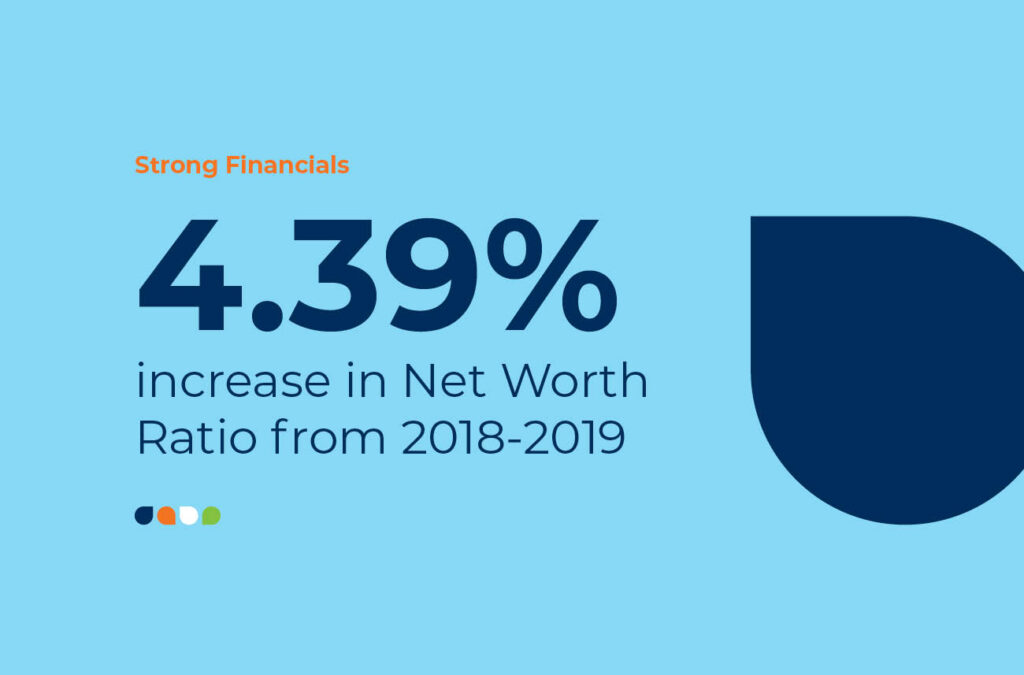The Importance of Communications Strategy for Social Impact
Social impact organizations are mission-driven. Strategic communication drives their mission.
At Friday, we’ve seen communication strategies activate target audiences during pivotal windows, equipping social enterprises to meet their business goals while improving the communities they serve. We’ve also seen opportunities slip away due to ineffective or absent communications.
If your organization makes livelihoods out of advancing equitable education, economic opportunity, and community development, keep reading. The following topics will explore the power of communication strategy to transform business aspirations into inspirational outcomes:
- The Importance of Communications Strategy for Social Impact
- What is a Communications Strategy?
- How Does Communication Bring Social Change?
- The #1 Reason Communication Strategies Fail
- Two Communications Strategy Examples to Inspire Your Next Campaign
- Friday’s Communications Strategy Framework
What is a Communications Strategy?
A communications strategy is the coordinated way businesses deliver key messages to target audiences. An essential component of brand strategy, communications tactics thoughtfully tell stakeholders these crucial story points:
- Who a brand is and why it matters to the people it impacts
- What a brand wants to do and how others can be a part of that work
- What a brand has accomplished and what it aims to achieve next
While this information is essential, the language and channels used to convey it must align with the language and channels crucial audiences – the impacted, allies, and decision-makers – also understand and use.
How Does Communication Bring Social Change?
No one knew that Patagonia was donating its profits to fight climate change until the founder published a compelling landing page announcing the decision. The name Peloton didn’t evoke “antiracism” until the fitness company publicized its pledge to become an antiracist organization.
By crafting communications campaigns elevating corporate social responsibility, these brands created world-changing opportunities – partnerships, pledges, policy, and public discourse. If your organization strives to create a more inclusive, equitable world, communications can tell your story to people who want to help.
Here’s the takeaway: the more influential stakeholders your message reaches, the farther your impact will go. That’s the power of communications strategy.
The #1 Reason Communication Strategies Fail
Communications strategies don’t fail because of a lack of money. Mediocre creativity isn’t their most pressing obstacle either.
Most communications strategies fail because they’re never implemented.
What gets in the way of executing communications? The following are common impediments to success:
- Fear of failure. What if you get zero likes? What if your engagement rate is abysmal? What if you can’t sustain the cadence of blog posts? The truth is you might not meet all of your goals. The other truth is that you might exceed them. Don’t let analysis paralysis stop you from sharing with your audiences and learning how to communicate better.
- Lack of internal buy-in. It’s time to launch, but you’ve got a wall of problems: the language doesn’t work, the timeline conflicts with a competing priority, and support staff are unavailable. Engage internal stakeholders during each stage of communications planning to align with organizational strategy and avoid stalling implementation.
- Inefficient processes. Your organization is excited about next month’s spotlight campaign. But who’s organizing the interviews? How will videos be edited and stored? Who will post and manage engagement on social? Determining roles, external partners, and sustainable processes is essential to successful execution.
Give your communications strategy a solid foundation for success by building it with a growth mindset, internal support, and sustainable processes.
Two Communications Strategy Examples to Inspire Your Next Campaign
Successful social impact communications strategies expand business opportunities while improving the communities they serve. See how the following social impact organizations deployed communication strategies that rose above the noise.
#1: A Nuanced Audience, A Nuanced Message
The leaders of the nation’s most trusted hybrid colleges form the Hybrid College Network (HCN), a collaborative striving to make rigorous higher education experiences more accessible to diverse learners.
To create communications that engaged funders, community partners, and potential students, HCN defined its organizational goals and researched its target audiences to identify intersectional opportunities.
This process clarified HCN’s role in its various stakeholders’ stories, allowing the network to use compelling language and agile delivery methods to communicate its value. Learn more about the Hybrid College Network’s communications strategy.
#2: Growing By Paying It Forward
After 63 years in business, Missoula Federal Credit Union was ready to serve new communities in innovative ways. That direction required more than an update – it required a transformation that honored its rich history and advanced its exciting future. The credit union decided to change its name, visual identity, and messaging to reflect internal growth as well as its community’s evolution.

The renamed Clearwater Credit Union engaged traditional and social media to invite the community into its rebrand, strategically leveraging tactics from billboards and radio spots to an updated visual identity and digital ads.
By taking the time to understand its audience and various pathways for expansion, Clearwater was able to grow as it served its community. Explore Clearwater Credit Union’s impactful campaigns.
Friday’s Communications Strategy Framework
As a team of educators, designers, strategists, writers, and activists, we are emphatic believers in the power of intersectionality. Our multidisciplinary approach equips clients to align organizational strategy, branding and communications, and program design for Integrated Impact.
So what does working with Friday mean for your social impact organization’s communications strategy?
You can stop herding individual consultants and creatives to develop and implement strategic communications. Friday offers the capabilities you need – from strategic planning to compelling visuals and messaging – to fulfill your purpose and realize your potential.
Put Your Communications on Mission
An audience-informed, goal-driven communications strategy has the power to connect your organization with strategic partners, win buy-in from key decision-makers, and shape the conversation in your field.
Although developing a communications strategy takes time and money, the reality is that your mission cannot afford to miss the benefits:
- Improved internal productivity and culture
- Expanded network of partners and investors
- Greater visibility among talent and community
- Stronger influence over public conversations in the field
- Increased opportunities for inclusive community engagement
In today’s high-tech world, there is no ceiling. Download our free Stakeholder Communications Map to begin building a communications strategy that gives your mission wings.





